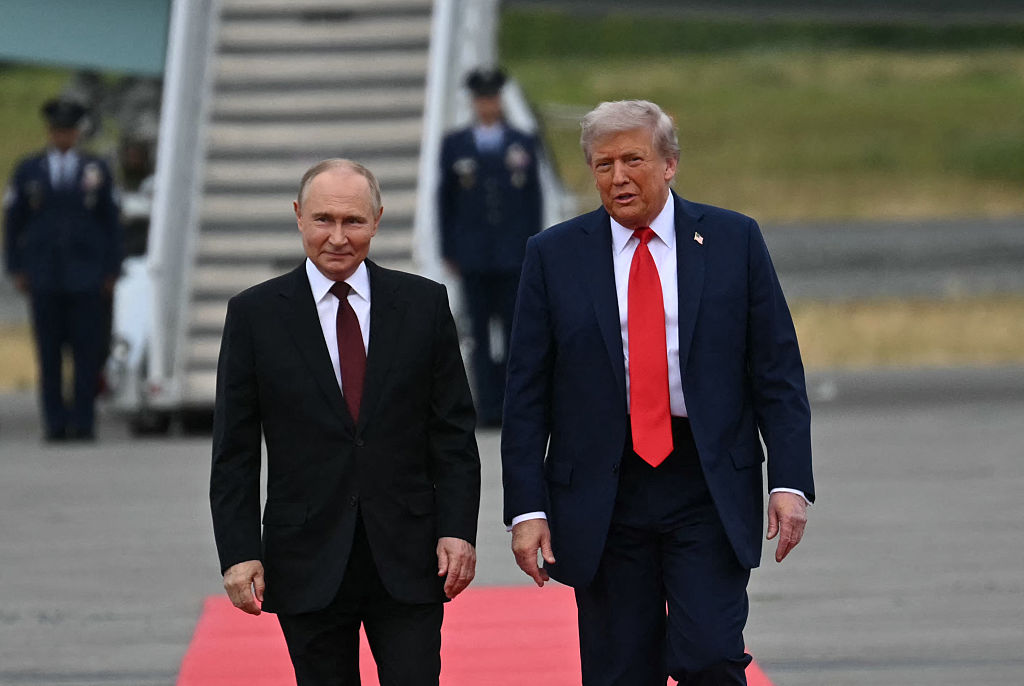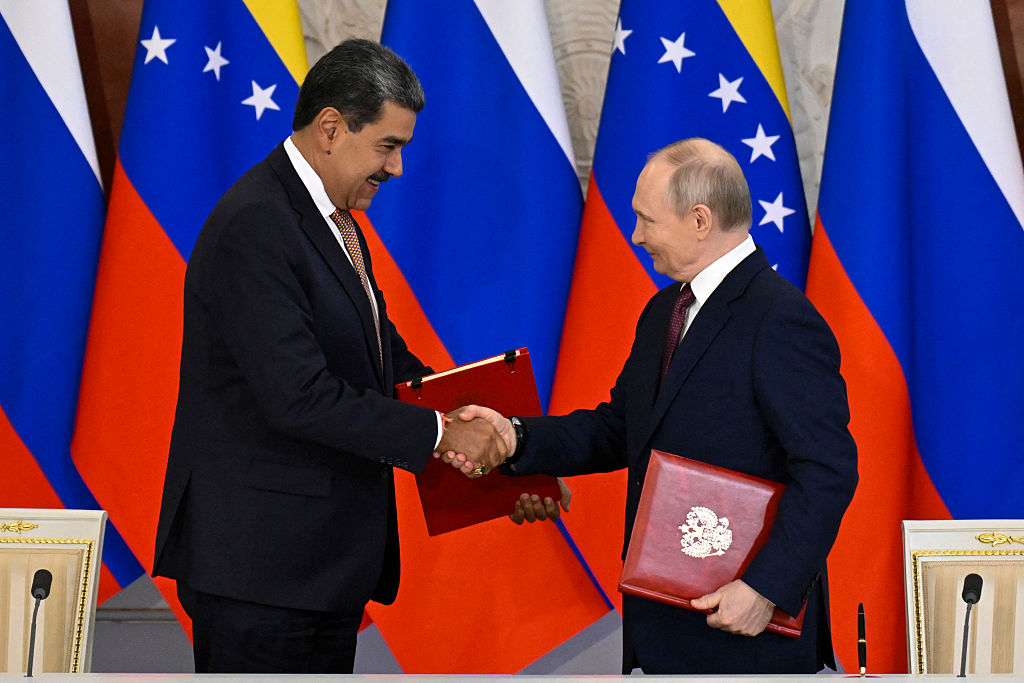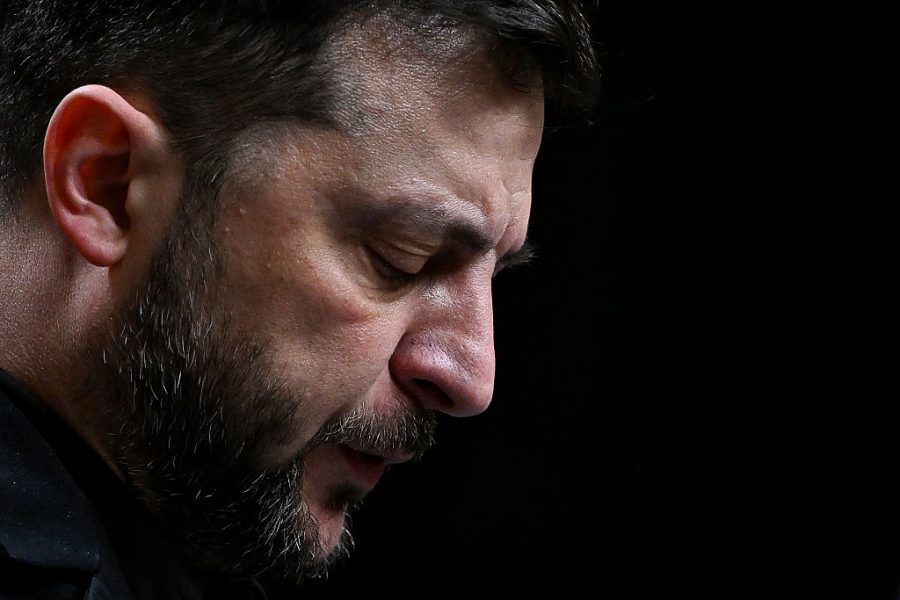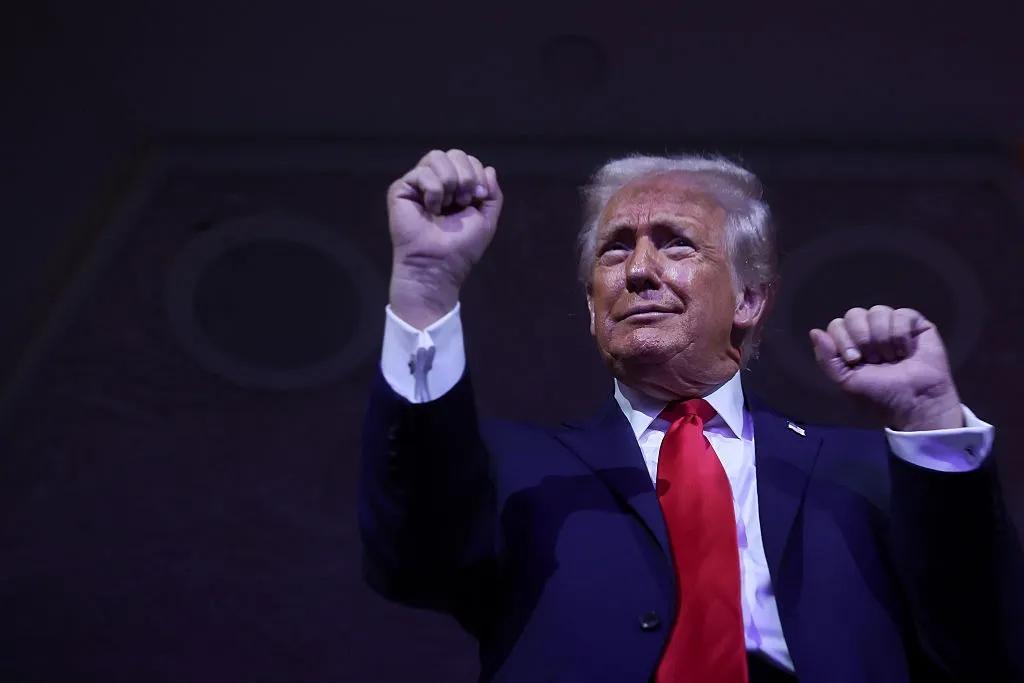It was summer 2022. Ukraine had just taken back Kyiv, people were returning to the city, and the mood was one of euphoria, triumph and success. I was having dinner with a Ukrainian official in a neon-lit seafood restaurant in the center of the city, the curfew nearing. “If this ends like the West Germany or Korea scenario, that would be the best outcome,” I said to him. He snapped at me: “You want me to tell my relatives in Kherson that they will never live in Ukraine?”
Three years later, and even that unwelcome outcome is now far from what Kyiv is being offered by the Trump administration. Reports suggest that Ukrainian officials have agreed to a modified version of the initially leaked 28-point plan, stressing that the agreement is contingent on “sensitive issues” being settled directly between President Volodymyr Zelensky and Donald Trump. But a source familiar with the discussions said that Zelensky is not likely to visit Washington this week as he requested time to consult with the European leaders.
Kyiv has accepted the structure of the deal as it no longer believes it has a better option. Reports of Ukraine’s acceptance came as Moscow warned that any final version must adhere to the “spirit and letter” of the Trump-Putin talks in Alaska suggesting Russia expects its demands to be cemented in the agreement.
Trump’s push for a peace plan came at the weakest political and military position Ukraine has been in since the start of the war. The political class was distracted by a corruption scandal, public morale strained after months of Russian attacks and the government bracing for another hard winter. It was against that backdrop that Zelensky sent a senior official to tell Washington that “we are ready to work seriously on a plan,” one senior official said.
In Miami, Zelenskiy’s national security council head, Rustem Umerov, met with President Trump’s special envoy Steve Witkoff and son-in-law Jared Kushner. Kushner’s involvement was taken in Kyiv as a sign Trump was personally engaged. It came sometime after Witkoff had met with Russia’s middle-man Kirill Dmitriev in Miami in October, where Dmitriev had discussed a potential plan of agreement with the US side.
Parts of the potential negotiation framework, sources say, were already known to the Ukrainians, but not as the 28-point document that later would be leaked to the press. “Some parts of the plan definitely existed. There were many plans coming back and forth,” a Ukrainian official told me.
The proposal, criticized in both the US and Europe, originally laid out a settlement built on territorial concessions and strict limits on Ukraine’s security options. It required a full Ukrainian withdrawal from Donbas, the creation of a demilitarized buffer zone effectively left on Russia’s side, and the de facto recognition of Russian control over Crimea, Luhansk and Donetsk. The front line in Kherson and Zaporizhzhia would be frozen, Ukraine’s military capped at 600,000 personnel and Kyiv barred from pursuing NATO membership or hosting foreign troops.
The US says Ukraine has now agreed to work with a modified version of this plan. One reported change is that the cap on Ukraine’s armed forces has been raised to 800,000, but beyond that, the scope of the revisions remains opaque. A Ukrainian source says that the new plan includes a form of US security guarantees for Ukraine and it may require congressional approval, but did not disclose details. For now, the substance of the updated proposal remains largely unknown.
The war of attrition has exhausted the Ukrainian Army and society. Today, frontline units complain of having to spend longer periods at the positions while the rest of the country continues to live. Those in the trenches have grown angry at their compatriots who drink in the bars and go about their days.
But even those in relative safety in Kyiv are not truly safe. The nightly attacks, massive rocket barrages and drones, keep them awake and in the basements every other day. In the background of peace talks in Geneva, Russia launched one of the largest attacks in weeks against Kyiv and other cities on Monday night.
As Zelensky’s envoy headed to America last week, a corruption scandal had taken over Ukraine. Everyone from taxi drivers to government sources spoke of the “Mindichgate” in Kyiv that implicated the president’s inner circle and his partner Timur Mindich in a scheme through which he and other high-level officials had enriched themselves by $100 million.
In Washington, officials appear to have read this moment as an opening to push a deal on Zelensky. A day after Zelensky met with his party, parts of the document had already begun circulating.
“You cannot say no to these people,” remarked a Ukrainian official who said that Dmitriev has sold Witkoff, who had been to Russia multiple times but was yet to make a trip to Kyiv, a bright plan for a joint Russian-American future. “If you’re in the middle, you get punches from both sides,” he added.
If you strip the proposal down to its core, everything turns on security guarantees and that’s the part so far undefined by the plan. “Without security, any kind of deal is useless,” one senior Ukrainian official said. For Russia, any deal that guarantees Ukrainian security in the future with US protection is unacceptable. Three years later, meeting the same official in the same neon-lit restaurant, he explained why: “Trump rationalizes Russia. He thinks they want to make returns, that they’re ready to exit the war if they see it as advantageous,” while “Russia has always viewed the United States as a strategic opponent and is interested in the strategic defeat of the United States.”
So far, Ukrainian officials see no real appetite in Washington to offer the kind of security guarantees that would make any deal long-lasting. The reason, they argue, is that Moscow opposes it, and the US seems unwilling to cross that line. When I asked another senior official whether leaving Ukraine without credible guarantees would amount to a strategic win for Russia and a loss for the US, he answered bluntly: “If the US does not care for its power,” he said, “why should I?”


























Leave a Reply